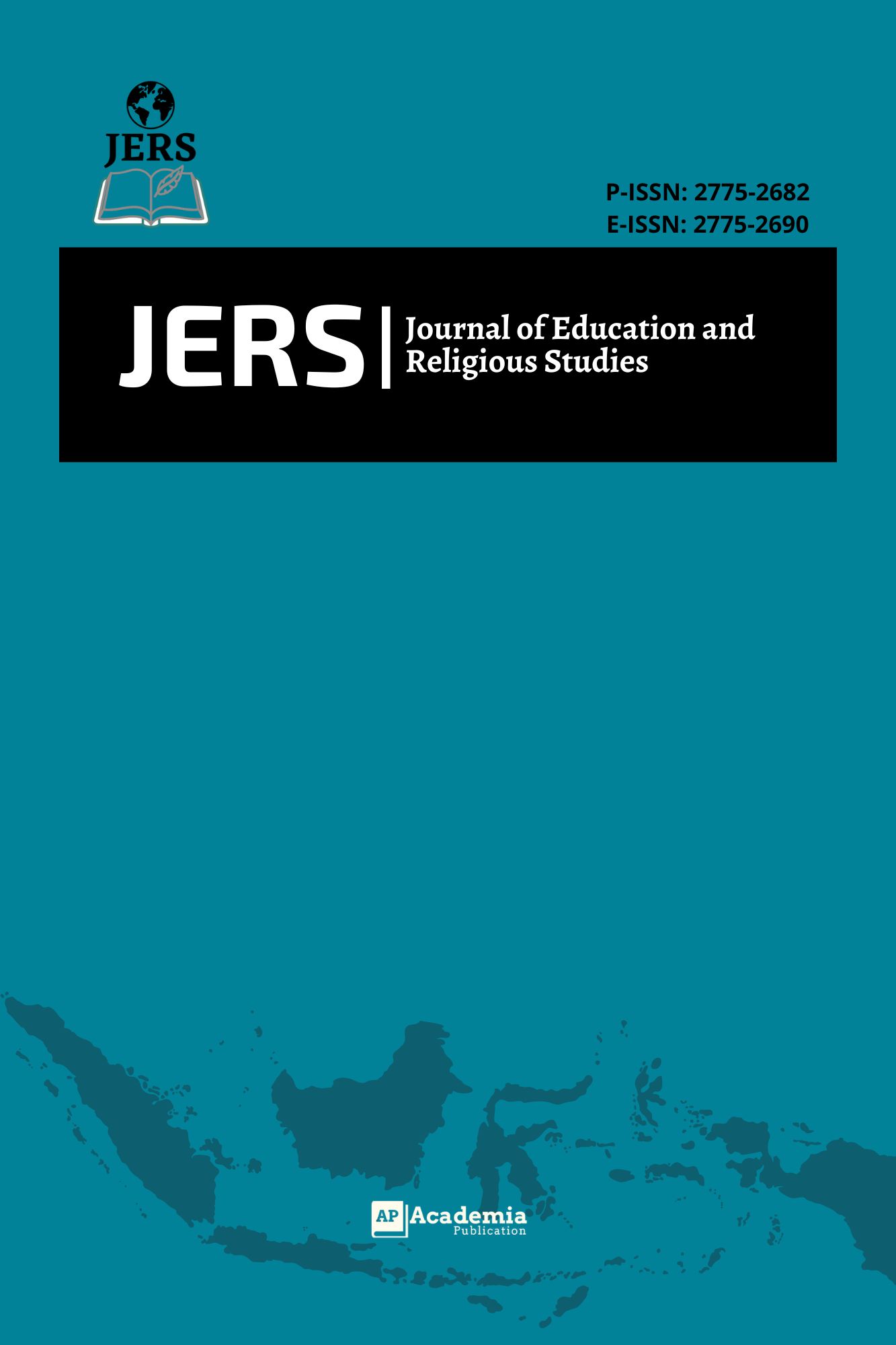Implementation of the Think Pair Share Model on the Material of Light and its Properties on Students' Critical Thinking Skills
DOI:
https://doi.org/10.57060/m7ncw086Keywords:
Think Pair Share Model, Problem-Solving, Critical Thinking SkillsAbstract
The purpose of this study is (1) to describe the implementation of the think-pair-share model on the material of light and its nature on students' critical thinking skills. (2) to determine students' critical thinking skills in the think-pair-share model on the material of light and its nature. Qualitative research techniques were used in this study, while a descriptive approach was used to present the results of the study. The Think Pair Share model directly involves students in the learning process through group activities, practicums, and problem-solving discussions so that the Think Pair Share model can foster students' critical thinking skills. Students can think critically about the material of light and its nature. In learning the Think Pair Share model, students can formulate questions and identify relevant information. Students are able to determine a problem-solving plan in practice. Students are able to determine the right solution to the problem. Students are also able to draw conclusions and review all answers.
Downloads
References
Fadli, M. R. (2021). Memahami desain metode penelitian kualitatif. HUMANIKA, 21(1). https://doi.org/10.21831/hum.v21i1.38075
Purnia, D. S., Adiwisastra, M. F., Muhajir, H., & Supriadi, D. (2020). Pengukuran Kesenjangan Digital Menggunakan Metode Deskriptif Berbasis Website. EVOLUSI : Jurnal Sains Dan Manajemen, 8(2). https://doi.org/10.31294/evolusi.v8i2.8942
Rahman, A., Munandar, S. A., Fitriani, A., Karlina, Y., & Yumriani. (2022). Pengertian Pendidikan, Ilmu Pendidikan dan Unsur-Unsur Pendidikan. Al Urwatul Wutsqa: Kajian Pendidikan Islam, 2(1).
Salahuddin, M., & Ramdani, N. (2021). Kemampuan berpikir kritis siswa dalam memecahkan masalah matematika berdasarkan tahapan polya. Tarbiyah Wa Ta’lim: Jurnal Penelitian Pendidikan Dan Pembelajaran, 8(1).
Sholichah, L., Rahmawati, E., & Dewi, G. K. (2022). Pengaruh Model Think Pair Share Terhadap Hasil Belajar Siswa Sekolah Dasar. Jurnal Basicedu, 6(1). https://doi.org/10.31004/basicedu.v6i1.2079
Siregar, M. H. (2021). Pembelajaran Think-Pair-Share (TPS) dalam Meningkatkan Berpikir Kritis dan Akademik Siswa. Journal of Educational Integration and Development, 1(4).
Subakti, H., Hurit, R. U., & Dkk. (2020). Metoologi Penelitian Kualitatif. In CV. Media Sains Indonesia (Issue March).
Sukmiyati. (2019). Pengaruh Model Pembelajaran Think Pair Share (Tps) Terhadap Berpikir Kritis Dan Aktivitas Belajar Dalam Mata Pelajaran Ips Di Kelas V Sdn 2 Sukarame. Laporan Akhir Skripsi, 1(1).
Syafitri, E., Armanto, D., & Rahmadani, E. (2021). Aksiologi Kemampuan Berpikir Kritis (Kajian Tentang Manfaat dari Kemampuan Berpikir Kritis). Journal Of Science And Social Research, 4(3). https://doi.org/10.54314/jssr.v4i3.682
Thalia Alhamid, B. A. (2018). Resume: Instrumen Pengumpulan Data. Analytical Biochemistry, 11(1).
Triwulandari, S., & U.S, S. (2022). Analisis Inteligensi Dan Berpikir Kritis. Utile: Jurnal Kependidikan, 8(1). https://doi.org/10.37150/jut.v8i1.1618
Downloads
Published
Issue
Section
License
Copyright (c) 2025 Aprilita Ika Purmiatin, Noviardani Kartika Prameswari

This work is licensed under a Creative Commons Attribution-ShareAlike 4.0 International License.
JERS have CC-BY-SA have or an equivalent license as the optimal license for the publication, distribution, use, and reuse of scholarly work.











